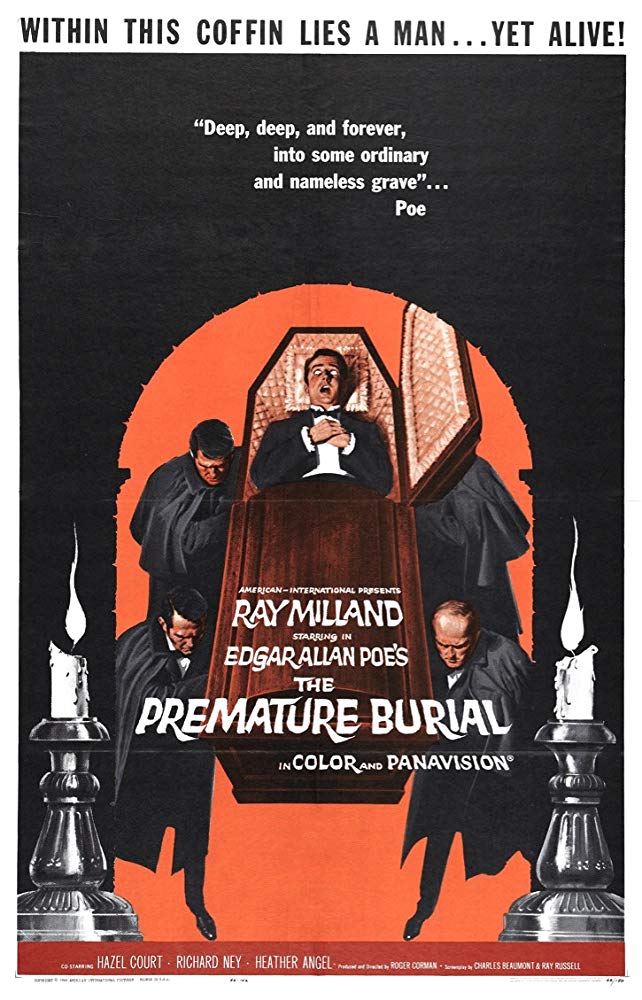- Home
- About Me
-
Children's Literature
-
Picture Books
- Tamara Turtle's Life So Far
- Chloe the Unfeathered Parrot
- Merry Myrrh the Christmas Bat - new edition!
- Sloth the Lazy Dragon - new edition!
- Dog Band
- Libby the Lobivia Jajoiana
- Beverlee, la chatte de Birmanie
- Beverlee Beaz the Brown Burmese - new edition!
- Mixter Twizzle's Breakfast
- Picture Books COMING SOON
- Middle-Grade Novels
- Out of Print Editions
- Stories and Articles
-
Picture Books
- Novels
- Scripts
- Short Fiction
- Merchandise and Shop
- Upcoming Events
- Home
- About Me
-
Children's Literature
-
Picture Books
- Tamara Turtle's Life So Far
- Chloe the Unfeathered Parrot
- Merry Myrrh the Christmas Bat - new edition!
- Sloth the Lazy Dragon - new edition!
- Dog Band
- Libby the Lobivia Jajoiana
- Beverlee, la chatte de Birmanie
- Beverlee Beaz the Brown Burmese - new edition!
- Mixter Twizzle's Breakfast
- Picture Books COMING SOON
- Middle-Grade Novels
- Out of Print Editions
- Stories and Articles
-
Picture Books
- Novels
- Scripts
- Short Fiction
- Merchandise and Shop
- Upcoming Events
|
Synopsis from IMDb: Emily Gault arrives at the Carrell mansion determined to rekindle an old relationship with Guy Carrell, despite the disapproval of his sister, Kate. Guy overcomes his all-consuming fear of being buried alive long enough to marry Emily but soon becomes obsessed again, building a crypt designed to guarantee that he will not fall prey to his most dreaded nightmare. Trying to prove that he has been cured of his phobia, he opens his father's tomb and is shocked into a catatonic state. His worst fears are realized as he is lowered into a grave and covered over, apparently never to learn that the treachery of someone very dear to him was directly responsible for his predicament. Written by Doug Sederberg
Roger Corman decided to finance Premature Burial on his own, after having an accounting dispute with American International Pictures. He co-financed it with Pathe Lab, a company that wanted to start up a distribution wing. Because Vincent Price was under contract with AIP, Roger couldn not cast him, so he chose Ray Milland for the lead, who had been known more primarily as a romantic leading man at the time (but let’s not forget that he appears in Frogs! in his later years!).
James H. Nicholson and Sam Arkoff of AIP appeared the morning of Premature's first shooting day, and with big smiles, let Corman know they were glad to be working in partnership again — AIP had just bought out Pathe’s distribution company! Different writers and different leads give this film a different feel, though the same filming and set design styles still tether it well to the rest of the series. I'm biased, but I will always prefer Vincent Price in the leading role of a Corman-Poe cycle film, but seeing a new face and a different kind of performance is a nice diversion. I must take a moment to mention that each and every one of these Corman-Poe films involves a "psychedelic" dream sequence, all involving creative lens work, colourful gels, slow motion and other post production effects, forming another stylistic consistency that allows the films, all different narratives, to tie in with each other. Premature Burial is no different. This sequence is one of the elements that keeps Premature true to the Corman-Poe formula.
From Wikipedia: "Contemporary reviews for The Premature Burial were less favorable than those for Corman's previous two Poe adaptations. Howard Thompson of The New York Times praised the "handsomely tinted Gothic settings" and "compelling music," but found the film "static, slack and starchily written."[8] Variety wrote that Corman "seems to have run thin in imagination on this third trip to the same literary well. Not only is the plotting in 'Premature Burial' discouragingly predictable, but its gloomy and cavernous interior setting is peculiarly similar to those in the first two pix."[9] John L. Scott of the Los Angeles Times agreed that the film was "gloomily predictable" and suggested that American International "may be running a good thing into the ground."[10] The Monthly Film Bulletin wrote that "there are some sequences well worth watching, notably Guy's hallucinatory vision of being buried alive," but found that the "outlandish horror" of the original story "is never really caught, and Corman obtains most of his effects from rude shock-cuts rather than from intelligent exploitation of the situations and settings."[11] Cavett Binion of AllMovie notes, "Milland's performance conveys the requisite amount of hand-wringing torment (in the mode of "The Lost Weekend" movie), even if he fails to capture the manic intensity that Price brought to the other Poe films that he played or starred in. Corman's deft direction, employing a rich palette of colors and superb widescreen compositions, is on a par with the series' finest installments."[12]"
0 Comments
Leave a Reply. |
Archives
July 2024
Categories |



 RSS Feed
RSS Feed
